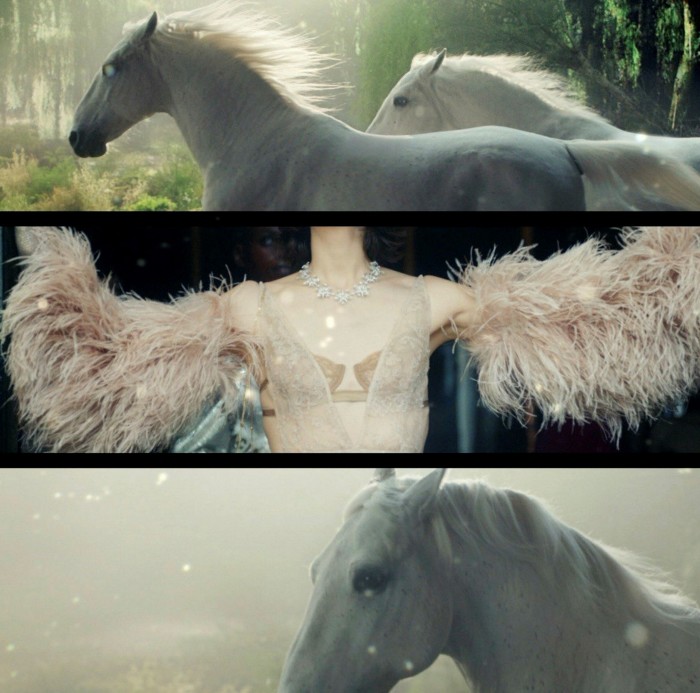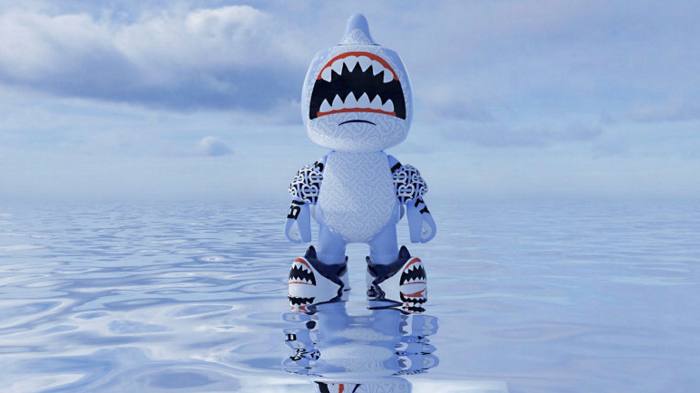People who want to buy a new Birkin bag from French luxury house Hermès often endure long waiting lists to be able to shell out €7,000 (or far more) for an item of such scarcity that has it become synonymous with exclusivity.
The tech-savvy and impatient among them may have been tempted recently to buy a virtual version that they could collect or wear in cyber space: the so-called MetaBirkin now on sale in brightly coloured, fuzzy fur versions.
Except no, actually. The MetaBirkin is a non-fungible token created by an artist named Mason Rothschild, who has already earned about $790,000 in cryptocurrency from the sales on a marketplace called Open Sea. All with zero input from the French brand, which, when asked, expressed polite outrage about “fake Hermès products” in cyber space, yet appears powerless to stop the sales.
The episode is the latest absurd example of how crypto entrepreneurs using blockchain technology turn anything into a speculative asset, in this case to certify the authenticity and ownership of a specific and unique digital object.
For luxury goods brands, traditionally slow to adapt to technology changes like ecommerce, it is a worrying trend. If they do not hurry to stake their claim to the new markets in digital goods, then usurpers will do it for them.
Luxury groups like Louis Vuitton and Burberry have already started trying to figure out how to use digital goods and NFTs, and whether they can use them to attract new younger customers, especially in the fast-growing Chinese market.
But they will have to ensure that futuristic fakes like the MetaBirkin NFT do not erode the value of their most important asset — the brand equity that convinces people to shell out outsized prices for products completely uncorrelated to their production cost or value.
After all, the most important skill of top luxury brands is cultivating desire in consumers’ minds so strong that they suspend logic to buy already scuffed sneakers for €700 or a crocodile skin clutch for €11,600. Their use of storytelling, often about charismatic founders or the authenticity of French or Italian craftsmanship, serves to turn the act of buying Chanel or Louis Vuitton into a form of self-expression for people who want to belong to an exclusive club.

There is no reason why luxury houses cannot extend this mythmaking into whatever the emerging “metaverse” of digital realms turns out to be. And if it all turns out to be hype, then there was little harm in trying, as long as they do so in a way that protects their brands.
Many have already begun experimenting. Dolce & Gabbana sold a nine-piece NFT couture collection that included a diamond-encrusted tiara and beaded jackets for almost $6m. Kering’s Balenciaga brand launched virtual clothing for players to buy and wear in popular online game Fortnite, and plans to create a dedicated business unit to explore opportunities in the metaverse.
Gucci, Kering’s biggest brand, did something even more edgy when it sold an NFT at Christie’s auction house of a video created by its star designer Alessandro Michele and inspired by his Aria clothing collection. The one-of-a-kind work features a looping hypnotic image of white horses running, a lace-clad person emerging from a door, all over a white noise soundscape — price $25,000.
The Aria NFT shows how luxury houses could create new types of goods to sell to their fans that have more in common with art or collectibles than the handbags or watches that drive profits today. One executive spoke of how brands could create NFTs linked to exclusive experiences so as to woo their best clients — say, by giving one to attendees of a fashion show.
It is early days, though. Luxury houses are still figuring out the business opportunities around digital goods and NFTs. But Morgan Stanley analysts estimated in November that metaverse gaming and NFTs could make up 10 per cent of luxury’s addressable market by 2030, making it a €50bn revenue opportunity. Much of that would flow to the bottom line, given the lower cost of producing and distributing virtual goods.
Luxury brands are pushing into this new world because they do not want to repeat past mistakes of underestimating changing consumer behaviour. They long ignored online shopping as incompatible with a high-end experience, only to change tack when it became too big to ignore. They were late to embrace the resale, second-hand luxury market, and let it be captured by start-ups. Even if NFTs and the metaverse are out of their comfort zone, they should be taken seriously.
Read full story on The Financial Times


